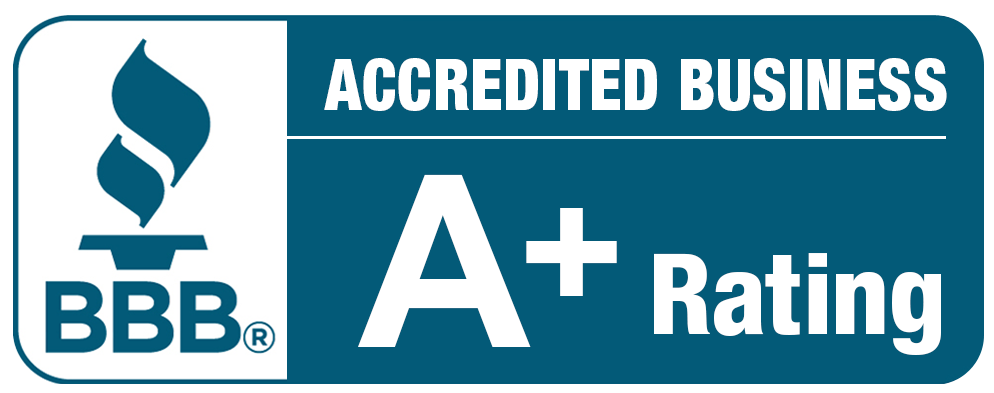Running a business in the U.S. is challenging, even more so when debt piles up. Whether it’s merchant cash advances, high-interest loans, unpaid vendors, or tax obligations, many business owners eventually reach a breaking point. At that stage, two options often dominate
the conversation:
● File for bankruptcy
● Pursue debt restructuring
Both choices can drastically impact your company’s future, but one may protect your long-term
stability far more than the other.
In this article, we’ll break down the difference between bankruptcy and business debt
restructuring, the pros and cons of each, and how to decide which path aligns with your business goals.
Bankruptcy in the U.S. is a legal process designed to help businesses (and individuals)
eliminate or repay debt under the protection of a federal court.
Types of Business Bankruptcy
● Chapter 7: Business assets are liquidated to pay creditors. The company typically shuts down.
● Chapter 11: Businesses reorganize debt while continuing operations under strict court oversight.
● Chapter 13 (less common for businesses): Mainly applies to sole proprietors with
personal/business overlap.
Legally wipes out certain debts
Provides temporary protection from creditors and lawsuits
Offers a “fresh start” in extreme cases
Cons of Bankruptcy
Public record – may damage your reputation with customers, lenders, and suppliers
Expensive and time-consuming (legal fees + court costs)
Permanent impact on credit and borrowing ability
May force liquidation or court-supervised operations
Tax implications depending on discharged debt
Bottom line: Bankruptcy is often a last resort for businesses with no path to recovery
Fill the form to request a free Business Debt Consultation Now!
By clicking “Continue” above, I understand and agree to the following terms and conditions:
Unlike bankruptcy, debt restructuring is a private, non-legal process where professionals negotiate with your creditors to modify payment terms without shutting down your business.
Instead of erasing debt, restructuring adjusts it to be manageable—allowing you to keep operating while protecting cash flow.
● Debt is consolidated into a structured repayment plan
● Payments are reduced or spread over a longer term
● Creditors often agree because they recover more than they would through collections or bankruptcy
● Your business avoids the stigma and damage of filing for bankruptcy
Keep your business open and operational
Lower monthly payments, improve cash flow
Private and discreet (not a public filing)
Preserves business creditworthiness
Often faster and less costly than bankruptcy
Avoids “cancellation of debt income” (CODI) tax traps when done correctly with a tax
professional
Bottom line: Restructuring allows struggling businesses to regain control without burning
bridges with lenders or clients.
If you are one of the many thousands of companies struggling with high interest business loans, call us today for a free consultation. Just taking the first step in talking to an expert can start relieving stress. And once you talk to a debt help specialist, you will see that there is hope.

Factor Bankruptcy Debt Restructuring
Cost High (legal + court fees) Lower (negotiation fees only)
Privacy Public record Private process
Business Continuity May shut down or operate under court supervision Business stays operational
Impact on Credit Severe, long-lasting damage Minimal impact, sometimes positive
Tax Implications Possible CODI & penalties Can be structured to minimize tax impact
Creditor Relations Damaged or terminated Preserved, often strengthened
Timeline Months to years Weeks to months
● Choose Bankruptcy if:
○ Your business is beyond recovery
○ You’re willing to close operations permanently
○ You need immediate legal protection from lawsuits
● Choose Debt Restructuring if:
○ Your business is viable but struggling with cash flow
○ You want to preserve relationships with lenders and vendors
○ You need breathing room to recover without legal complications
○ You want to avoid the stigma and credit impact of bankruptcy
Most U.S. businesses facing $50,000+ in unsecured debt find that restructuring is the more sustainable path, offering relief while keeping the doors open.
A trucking company in Texas faced $250,000 in merchant cash advances with crushing daily payments. Bankruptcy seemed like the only option—but it would have destroyed contracts and put dozens of employees out of work.
Instead, they pursued debt restructuring:
● Payments were reduced by 45%
● Collections calls stopped
● The business stabilized cash flow and expanded routes again
Today, they’re profitable and building credit—without ever filing for bankruptcy.
Bankruptcy and business debt restructuring are both options when financial pressure becomes overwhelming. But while bankruptcy often means shutting down and starting over, restructuring allows you to fight for your business, protect your reputation, and stabilize cash flow.
If your business is struggling, don’t wait until it’s too late. The earlier you act, the more
options you have.
Take Action Today
At National Credit Partners, we specialize in business debt restructuring for U.S.
companies with $50,000 or more in unsecured debt.
Don’t let bankruptcy be your only choice, see how restructuring can protect your future.
Call now: (888) 766-3998
Email:info@nationalcreditpartners.com
Get a Free Consultation – and discover how to restructure debt while keeping your business running strong.

An A+ rating represents BBB's high degree of confidence that the business is operating in a trustworthy manner and will make a good faith effort to resolve any customer concerns filed with the BBB.
